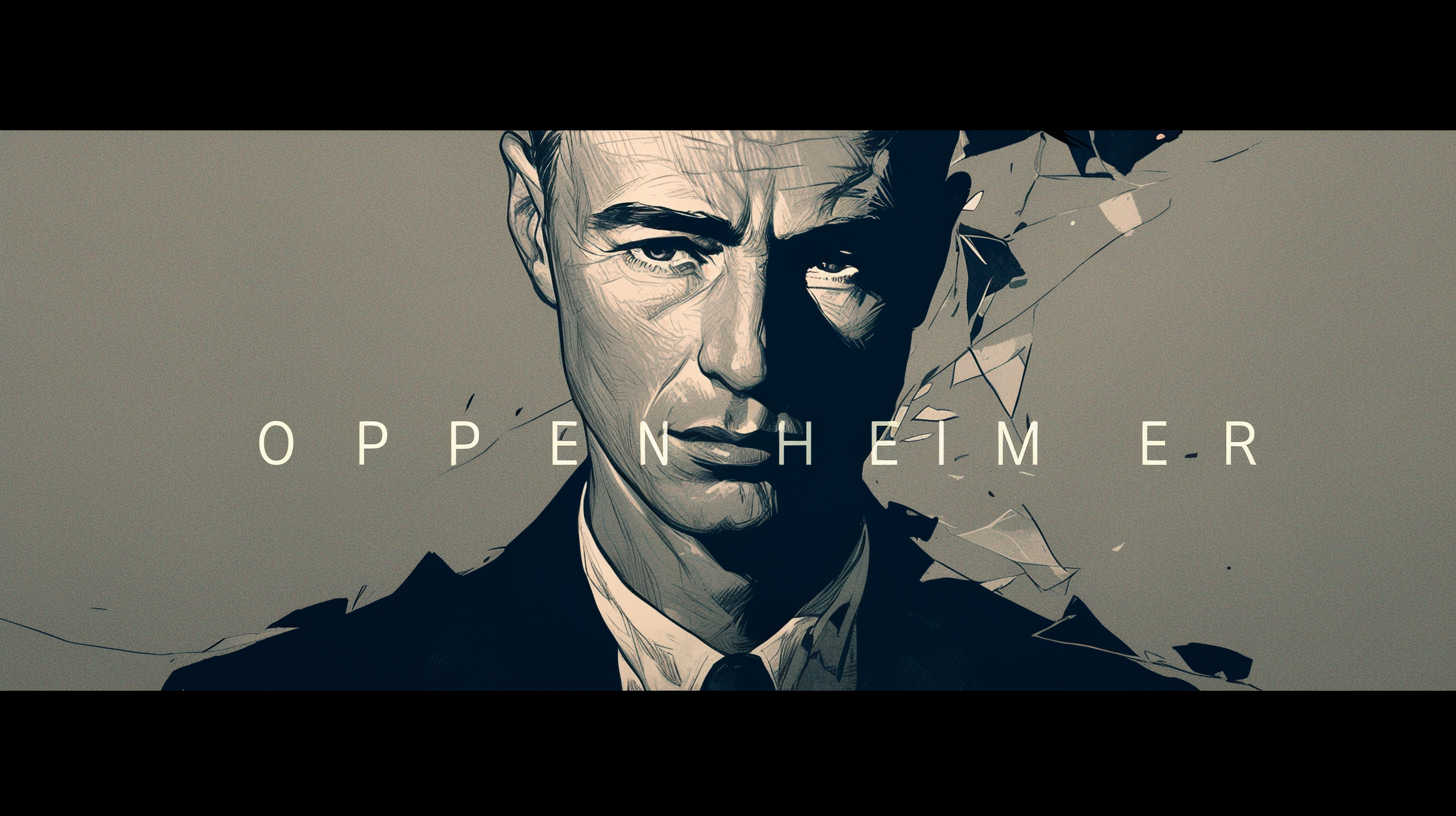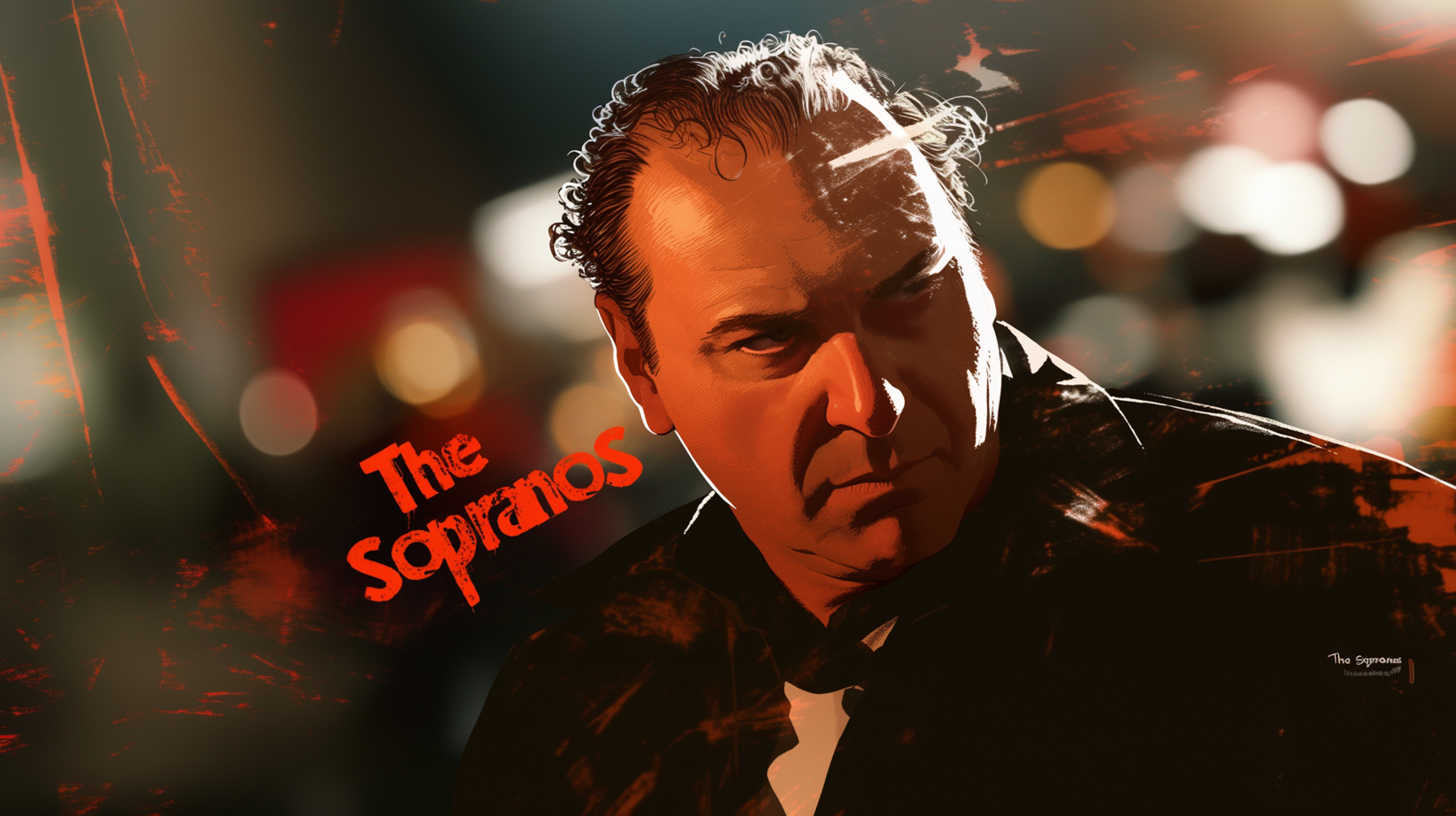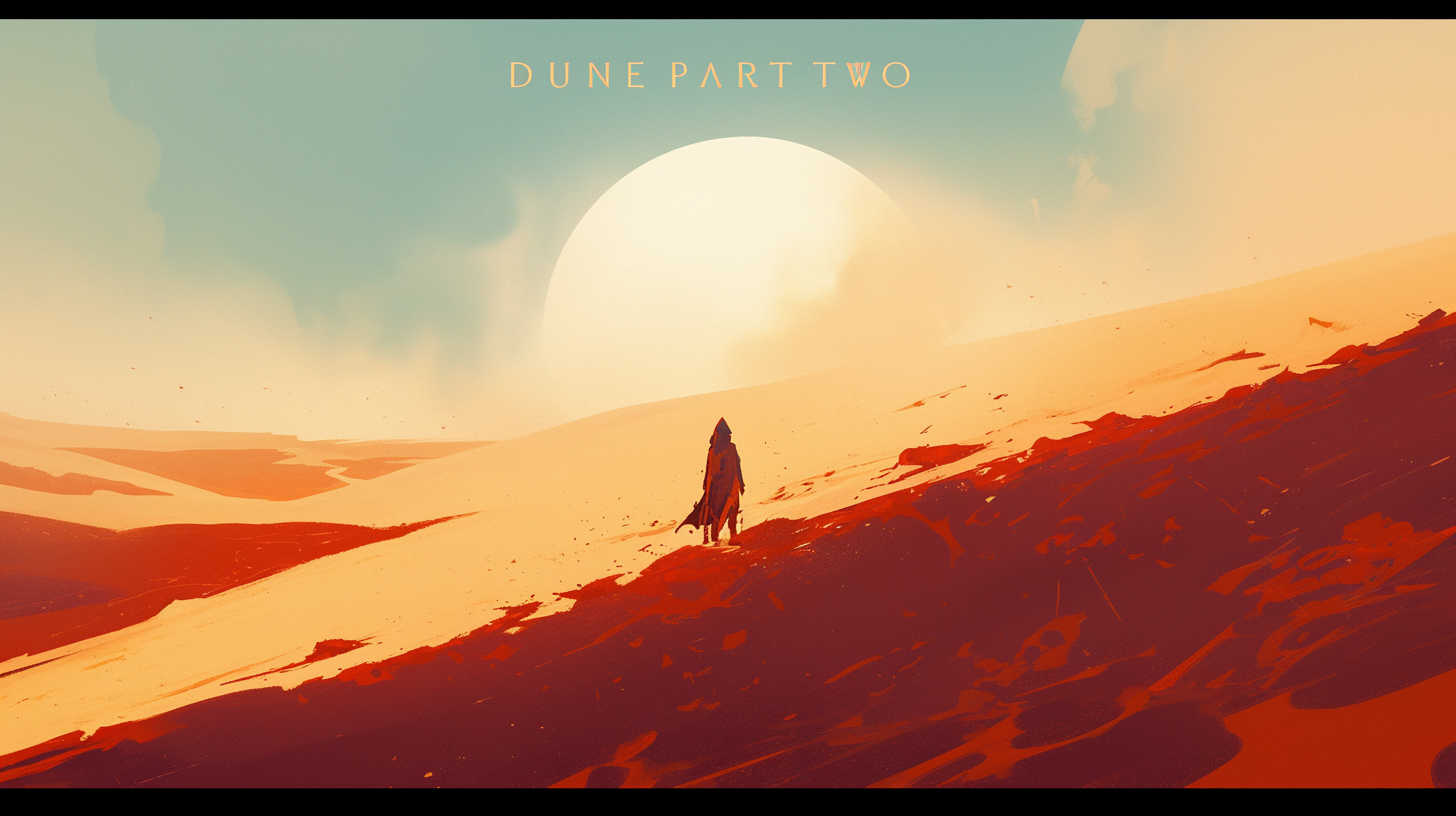· 6 min read
How to fix one-dimensional characters with 8 types of exposition for your screenplay
Use the ScreenwriterOS to manage all your characters, scenes, and manuscripts to show a producer or agent

Dear Screenwriter:
Do you know the open secret to writing a great sceenplay?
It is simply this: a single super interesting character.
A character so unique that you can’t help but want to know more. But like any good storyteller, you don’t reveal everything all at once. It must unravel over time.
Those pesky little details that are a necessary part of the story have to be expressed somehow. They move the story along, like suspension on a dune buggy. It makes it easier to navigate mentally.
The audience won’t be able to make sense of the narrative without exposition.
What is exposition?
Every story has an origin. Information about the characters, historical context, setting and prior plot events need to be expressed or shown to make a story believable. Exposition is a necessary aid in deploying facts to the story amongst the action. In this article we explore 8 kinds of exposition that will help fill in plot holes and give your characters more depth.
Why is it important?
Exposition helps the audience understand character motivations and illuminates hidden traits, their psychology, desires and inner demons. In order for characters to be believable, the audience must feel some empathy for them.
Effective exposition adds vital, interesting information to the world of the story so that the audience can comprehend the central dramatic narrative. Exposition can also be used to foreshadow an important event, or justify a character’s skills and decisions.
Why is exposition so tricky to get right?
The audience wants to find out information through action, not drawn out explanations. Being spoon-fed information is lazy writing. The audience will lose interest and empathy for the characters if they have to listen to a 5 minute monologue about their childhood.
Filler dialogue like repeating the occupation of a character or their name doesn’t add anything to the narrative. While there are many ways to write exposition, it can be tricky to balance the facts, motives and desires of a character without coming across as dull and unnecessary.
8 Ways of writing exposition with Examples
1. Titles (Star Wars)
Using a title sequence can help bridge the gap between a long backstory, and historical context. One of the most famous examples is the opening title sequence of Star Wars Episode IV: A New Hope.
In two minutes, the audience understands that this story takes place in a “Galaxy, far far away,” with a despotic Emperor and a Rebel Alliance. It brilliantly sets up the story we are about to see and gives us enough context to process what we are about to see.
2. Montage (Up)
Montages are quick shots of different scenes tied together to create a sequence. In Up, we see a fantastic example of this. We see shots of the couple when they were young, when they got marries, renovating their house, a miscarriage and so on.
It is both emotional and quickly conveys a backstory of the protagonist.
3. Mise en scène (Signs)
The film set can reveal significant and subtle details to give the audience a better understanding of the time and place of the narrative. In Signs, we see that Mel Gibson’s character was a priest because of the image on his bed-side table.
Afterwards, we see that there used to be a cross that hung on the wall but has been taken down. This indicates a loss of faith, a source of conflict that makes us question why.
4. Flashback (Fight Club)
A great way to reveal aspects of the character hidden from the audience is to use flashbacks. It is a powerful technique that adds depth and nuance to a character’s psychology.
In Fight Club, Tyler Durden and the protagonist are revealed to be the same person. This is brilliantly done by showing previous scenes in a new light, without Tyler Durden present.
5. Media and Inserts (Jurassic Park)
Using media as exposition is an informative way of using the context of a scene to explain complex subjects. A short explanatory video like the one in Jurassic Parks helps the audience understand how the reappearance of the dinosaurs came to be.
It is a a clever technique that uses animation to explain the science behind DNA extraction.
6. Dialogue (The Godfather)
Perhaps the most common form of exposition is the use of dialogue that explains the scenario and reveals the background of the main or supporting characters. When forced, it sounds unnatural and contrived, but when handled expertly, keeps the audience engaged.
In The Godfather, Michael explains to his fiancee how he came to know Johnny Fontaine, the famous singer in the story. He tells her a story about how his family used violence to free Johnny from his contract.
We come to understand Michael and his reluctance to be identified with the darker side of his family.
7. Narration (Shawshank Redemption)
Another common technique is to use voice-over narration to help set the tone of the movie. In the Shawshank Redemption, Red lets the audience know the year, the place and the name of the protagonist.
The narration continues throughout the movies as we learn more about the prison system and how Red and Andy became friends.
8. Conflict (The Princess Bride)
Conflict is the best way to unravel character motivations.
It keeps the tension high and the audience focused. In the following scene from The Princess Bride, Vizzini chastises his subordinates when they express their opinions on killing an innocent woman.
He reveals their backgrounds as drunkards and jobless in order to keep them in line and focused on the task at hand.
4 tips to keep in mind when using the above exposition techniques
Withhold information: Don’t reveal everything all at once. The audience won’t be able to follow along if you present detail after detail and expect them to make sense of it all. Instead, keep the suspense going and stretch it as far as you can. Deliver it at a moment of dramatic tension for maximum impact.
Show, don’t tell: Screenwriting is a visual medium, meaning what a character does is more important than what she says. Actions speak louder than words.
Stand-in-characters: A scene packed with dialogue or conflict is easier when you have a character that has intimate knowledge about a subject. It could be a scientist, a professor, or a mentor who knows more about the subject than the protagonist. But make sure the protagonist is actively learning, rather than passively listening.
Less is more: Give hints about backstory, not a complete retelling. Leave it up to the audience’s imagination to fill in the blanks. This makes them active participants. The audience must crave the information.
Combine different techniques to keep the narrative fresh and exciting
Great stories are multilayered, with lots of depth and complex characters. Exposition has to go somewhere. It makes the story more believable while driving the narrative forward.
The context of why a character takes a certain action only makes sense once we understand their past, the struggles and heartbreaks that they experienced.
There are endless techniques that can be combined and rearranged to sugar-coat the necessary details so that it feels natural and keeps the audience engaged and curious about what happens next.
Yours truly, 
P.S. The ScreenwriterOS is a comprehensive database— a veritable film bible to share with producers, agents and other screenwriters. You can add unlimited characters, scenes, manuscripts.





